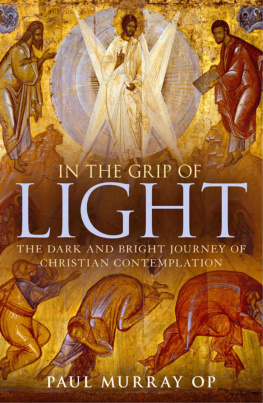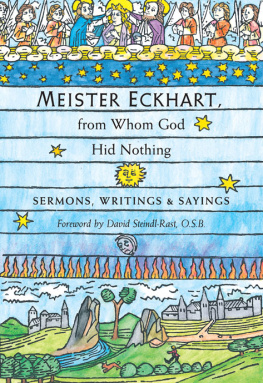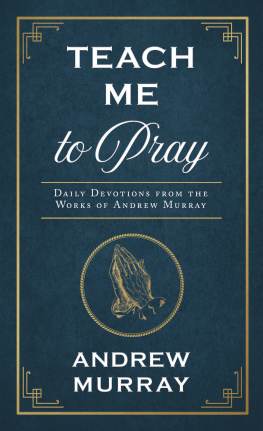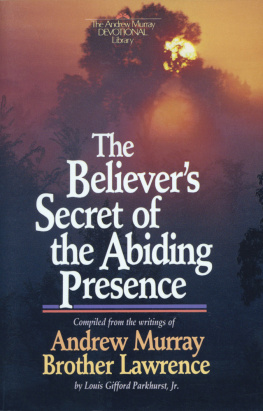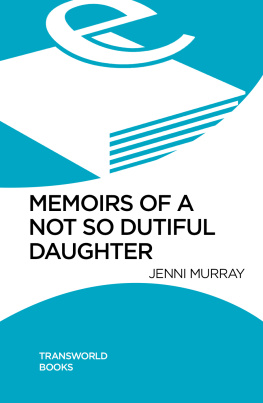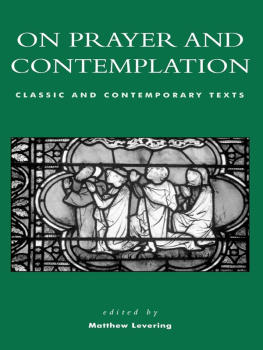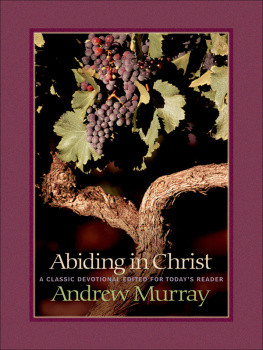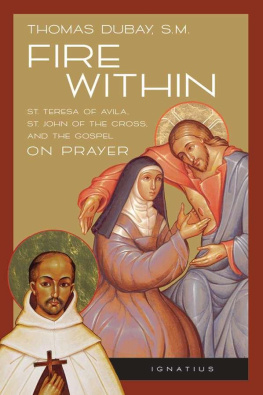In the Grip of Light
The Dark and Bright Journey of Christian Contemplation
Paul Murray OP
First published in Great Britain 2012
Paul Murray, 2012
The moral right of the author has been asserted
No part of this book may be used or reproduced in any manner whatsoever without written permission from the Publisher except in the case of brief quotations embodied in critical articles or reviews. Every reasonable effort has been made to trace copyright holders of material reproduced in this book, but if any have been inadvertently overlooked the Publishers would be glad to hear from them.
Published by Burns and Oates, an imprint of Bloomsbury Publishing
Bloomsbury Publishing Plc
50 Bedford Square
London WC1B 3DP
www.bloomsbury.com
Bloomsbury Publishing, London, Berlin, New York and Sydney
A CIP record for this book is available from the British Library.
ISBN: 978 1 4411 6634 0
10 9 8 7 6 5 4 3 2 1
Typeset by Fakenham Prepress Solutions, Fakenham, Norfolk NR21 8NN
Contents
ONE
Fire and Fountain: The Living Experience of God
TWO
Mystery into Words: St Bernard of Clairvaux and the Experience of God
THREE
Searching for God: Contemplative Prayer in the Dominican Tradition
For three friends:
Jeremy Driscoll OSB, Luke Buckles OP,
and Father Robert Barron
Your soul devoted to God,
whoever you are,
run
with living desire
to this Fountain of life and light
and with the innermost power of your heart
cry out to Him.
St Bonaventure, The Tree of Life
All three chapters of the present work were given originally in the form of public lectures. , Mystery into Words: St Bernard of Clairvaux and the Experience of God, in its original form was a talk delivered as an Aquinas Lecture in the Dominican House of Studies, Washington, in March 2001. The final chapter, Searching for God: Contemplative Prayer in the Dominican Tradition, was delivered during a colloquium on contemplation held at Blackfriars, Oxford, in May 2008. At the colloquium the other two speakers were the Carmelite, Father Eugene McCaffrey, and His Holiness the Dalai Lama. I am grateful to the Regents of Studies of both Washington and Oxford for the honour of being invited to speak on both occasions. The Aquinas Lecture was subsequently published in Communio: International Catholic Review, and the other two talks in Religious Life Review. I am grateful to the editors of both journals for permission to publish.
I want to say thanks also to two close friends, both hermits, Father Wayne Sattler and Sister Katherine Elena Wolff. What I have attempted to say in words, in this book, they demonstrate by lives of dedicated prayer. Finally, it is a joy to express thanks to Robin Baird Smith, my editor at Continuum. Without his active encouragement this book would never have come to light.
A Surprising Radiance
All of a sudden, as I was meditating
you appeared from on high,
greater, much greater than the sun,
and, from the heavens, brilliantly you shone down into my heart
O what intoxication of light!
O what bursts of fire! O what
movements of flame
stirring within me, miserable one that I am.
St Symeon the New Theologian
Down through the centuries there are perhaps not many people even among the great contemplatives who have experienced the radiance of the light of Gods presence in such a dramatic manner as revealed here by St Symeon the New Theologian. For Gods reality can be apprehended at least as profoundly in the quiet gentle breeze of the inner spirit as in the violent earthquake. Nevertheless, these lines by St Symeon do contain elements which characterize, I would say, every contemplative Christian experience: first, the recognition of the transcendent power and beauty of God; and, second, the enormous surprise, on the part of the contemplative, at being the recipient of such an amazing grace, the humility of spirit that can scarcely believe the marvel of what is happening.
The names of the individual saints and mystics whose practice of prayer and contemplation will be the subject of the chapters which follow are names well known in the field of spirituality: Catherine of Siena, for example, and John of the Cross, Augustine of Hippo and Johannes Tauler, Bernard of Clairvaux and Teresa of Avila. The paths of prayer and spirituality we find described in their writings can differ greatly at times, revealing in fact quite an astonishing variety. But all of these contemplatives have one thing in common: the enormous joy of knowing Christ Jesus, and of living with him in intimate and radiant communion.
But what do we mean by knowing? Is it knowledge that can be acquired? And how does it differ from our ordinary ways of acquiring information? Nowadays we find ourselves surrounded by many new forms of learning and social media, all of them vying for our attention: web pages, audio-files, YouTube, Twitter, Facebook, and so on. We are witnessing what has been called, and for good reason, an information explosion. It is a virtual tsunami of knowing. And yet all the information in the world will never add up to that illumined knowledge, both simple and profound, which we call wisdom. Many years ago T. S. Eliot posed a question that remains, I believe, as sharp and relevant as ever:
Where is the wisdom we have lost in
knowledge?
Where is the knowledge we have lost in
information?
The gift of wisdom is a reality far more wonderful than mere intellectual or academic learning. It is knowledge that goes straight into the bloodstream, and changes ones life. It affects ones whole being. And that, of course, is the kind of knowledge which, again and again over the centuries, has inspired the lives and writings of the great contemplatives. The sheer strength of their conviction was not rooted in the cold, steely abstraction of a mere ideology, but in the authority of lived experience. Their words, their ideas, are neither predictable nor ready-made. They know, at first hand, of the light and fire of which they speak.
In many ways the writings of the mystics are, I would say, uniquely engaging. But to really benefit from their experience, to really absorb their wisdom, demands no small effort on our part. Different kinds of reading or forms of literature present different kinds of challenge. Philosophy can be difficult, according to T. S. Eliot, unless we discipline our minds for it.
For some of our contemporaries the word contemplation evokes little more than a warm fog of false emotion, a realm of escape in which people exchange the real world, and the everyday challenges of living, for imaginative fiction. But what, in fact, greets us when we take up and read the writings of the Christian saints and mystics is a world of unmistakable courage and vision. What these men and women teach us in their work, especially with regard to the practice of prayer and contemplation, is the very opposite of any kind of escape. Over and over again, in one form or another, they say to us, There are no secrets, no short cuts, no methods. Prayer is the utterly ruthless test of your sincerity. It is the one place in the world where there is nowhere to hide. That is its utter bliss and its torment.
Almost all the passages quoted in the pages which follow are taken from the writings of contemplatives who lived centuries ago. That fact alone can give the wholly mistaken impression that the reality of contemplation the gift and practice of profound prayer is something rare in the contemporary world, an adventure of spirit denied to all except a small exclusive group, a path of illumination and darkness belonging to another age. But that idea is challenged, I find, by the actual practice of prayer in the lives of a great number of our contemporaries. Here, for example, is a short passage from a letter written by a prisoner on death row in South Africa, a young man, a contemporary, who found courage, while in prison, to surrender to the light of Gods mercy, and to remain in that light. A few days before his execution he wrote:
Next page
